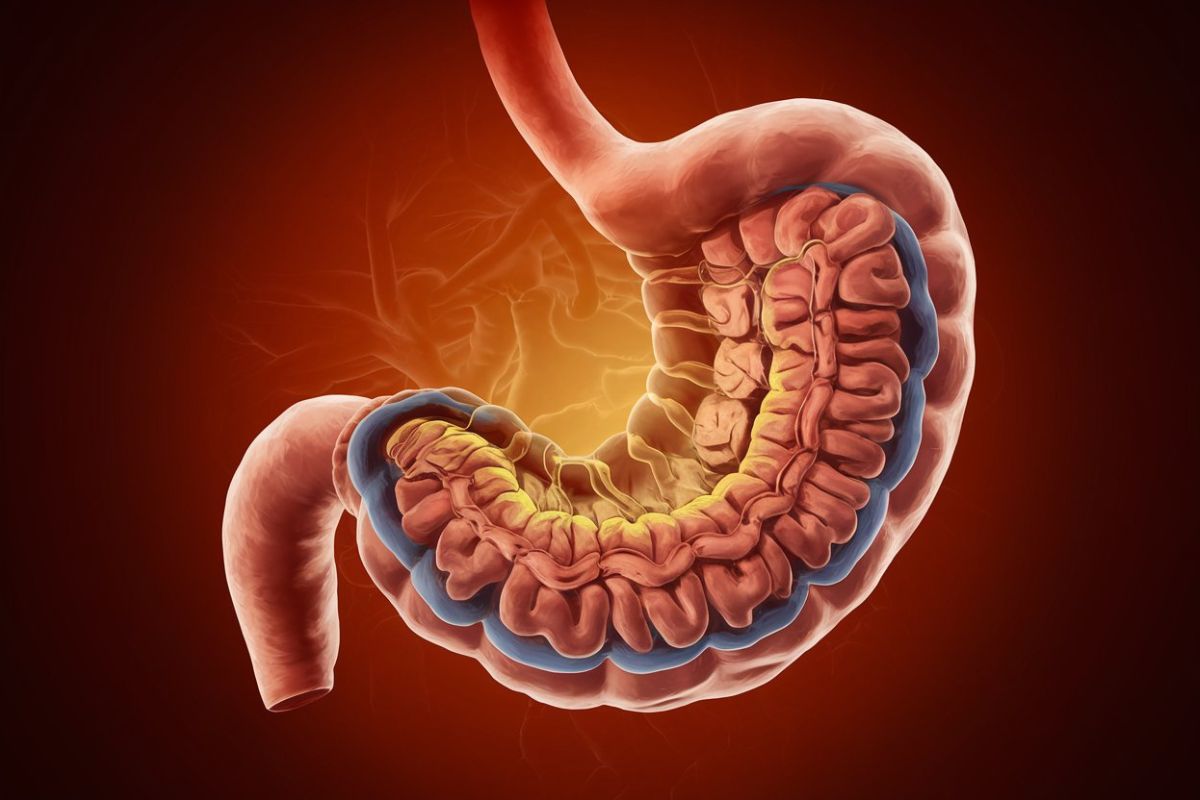
Gastric Outlet Obstruction (GOO) is a condition where the stomach's exit is blocked, preventing food from passing into the small intestine. This blockage can cause symptoms like vomiting, abdominal pain, and bloating. Causes of GOO include peptic ulcers, tumors, and certain inflammatory diseases. Diagnosis often involves imaging tests such as X-rays, CT scans, and endoscopy. Treatment varies depending on the cause but may include medications, endoscopic procedures, or surgery. Understanding GOO is crucial for managing symptoms and improving quality of life. Here are 30 essential facts about this condition to help you grasp its complexities.
What is Gastric Outlet Obstruction?
Gastric Outlet Obstruction (GOO) is a condition where the passage from the stomach to the small intestine is blocked. This blockage can cause various symptoms and complications. Let's dive into some fascinating facts about this condition.
-
GOO can be caused by peptic ulcers. Peptic ulcers can lead to inflammation and scarring, which may block the gastric outlet.
-
Tumors are another common cause. Both benign and malignant tumors can obstruct the gastric outlet, making it difficult for food to pass through.
-
Symptoms often include vomiting. Persistent vomiting, especially of undigested food, is a hallmark symptom of GOO.
-
Weight loss is a frequent symptom. Due to the inability to properly digest and absorb food, patients often experience significant weight loss.
-
Dehydration is a risk. Vomiting and reduced food intake can lead to severe dehydration, requiring medical intervention.
Diagnosis of Gastric Outlet Obstruction
Diagnosing GOO involves several tests and procedures to identify the cause and extent of the blockage.
-
Endoscopy is commonly used. An endoscope allows doctors to visually inspect the stomach and small intestine for blockages.
-
Barium swallow tests are helpful. This imaging test involves swallowing a barium solution to highlight the digestive tract on X-rays.
-
CT scans provide detailed images. A CT scan can reveal tumors, inflammation, and other abnormalities causing the obstruction.
-
Blood tests can indicate complications. Abnormal electrolyte levels and signs of dehydration can be detected through blood tests.
-
Gastric emptying studies measure digestion speed. These tests assess how quickly food leaves the stomach, helping to diagnose GOO.
Treatment Options for Gastric Outlet Obstruction
Treatment for GOO depends on the underlying cause and severity of the obstruction. Here are some common approaches.
-
Medications can reduce inflammation. Anti-inflammatory drugs and proton pump inhibitors can help manage symptoms caused by peptic ulcers.
-
Endoscopic procedures can remove blockages. Techniques like balloon dilation can widen the obstructed area, allowing food to pass through.
-
Surgery may be necessary. In severe cases, surgical intervention might be required to remove tumors or bypass the obstruction.
-
Stenting can provide relief. Placing a stent in the obstructed area can keep the passage open, improving food flow.
-
Nutritional support is crucial. Patients may need intravenous fluids and nutrition to address dehydration and malnutrition.
Complications of Gastric Outlet Obstruction
GOO can lead to several complications if not properly managed. Understanding these risks is essential for effective treatment.
-
Electrolyte imbalances are common. Vomiting and reduced food intake can disrupt electrolyte levels, leading to serious health issues.
-
Aspiration pneumonia is a risk. Vomiting can cause food or liquid to enter the lungs, leading to pneumonia.
-
Perforation of the stomach can occur. Severe inflammation or ulcers can cause the stomach wall to tear, requiring emergency surgery.
-
Chronic malnutrition is a concern. Long-term obstruction can prevent adequate nutrient absorption, leading to malnutrition.
-
Delayed gastric emptying can persist. Even after treatment, some patients may experience ongoing issues with slow digestion.
Prevention and Management of Gastric Outlet Obstruction
Preventing GOO involves addressing risk factors and managing underlying conditions. Here are some strategies to consider.
-
Treating peptic ulcers promptly is key. Early treatment of ulcers can prevent scarring and inflammation that lead to GOO.
-
Regular monitoring for tumors is important. For patients at risk, regular screenings can help detect tumors before they cause obstruction.
-
Maintaining a healthy diet can help. A balanced diet rich in fiber can support digestive health and reduce the risk of GOO.
-
Avoiding NSAIDs can reduce risk. Nonsteroidal anti-inflammatory drugs can cause ulcers, so avoiding them can lower the risk of GOO.
-
Managing chronic conditions is essential. Conditions like Crohn's disease can increase the risk of GOO, so effective management is crucial.
Living with Gastric Outlet Obstruction
Living with GOO requires ongoing management and lifestyle adjustments. Here are some tips for coping with this condition.
-
Small, frequent meals can help. Eating smaller portions more often can reduce symptoms and improve digestion.
-
Staying hydrated is vital. Drinking plenty of fluids can help prevent dehydration caused by vomiting.
-
Monitoring symptoms is important. Keeping track of symptoms can help patients and doctors manage the condition more effectively.
-
Seeking support can be beneficial. Joining support groups or talking to a counselor can help patients cope with the emotional impact of GOO.
-
Regular follow-ups are necessary. Ongoing medical care and monitoring are essential for managing GOO and preventing complications.
Final Thoughts on Gastric Outlet Obstruction
Gastric outlet obstruction (GOO) is a serious condition that can significantly impact one's quality of life. Understanding the symptoms, causes, and treatment options is crucial for managing this condition effectively. Common symptoms include vomiting, abdominal pain, and weight loss. Causes range from peptic ulcers to cancer. Treatment often involves endoscopic procedures, medications, or surgery.
Early diagnosis and intervention can make a big difference. If you or someone you know shows signs of GOO, seeking medical advice promptly is essential. Knowledge is power, and being informed about GOO can help you take proactive steps toward better health.
Thanks for sticking with us through this deep dive into gastric outlet obstruction. Stay informed, stay healthy, and always consult healthcare professionals for medical concerns.
Was this page helpful?
Our commitment to delivering trustworthy and engaging content is at the heart of what we do. Each fact on our site is contributed by real users like you, bringing a wealth of diverse insights and information. To ensure the highest standards of accuracy and reliability, our dedicated editors meticulously review each submission. This process guarantees that the facts we share are not only fascinating but also credible. Trust in our commitment to quality and authenticity as you explore and learn with us.


